By 2025, the residential housing sector is expected to reduce its total carbon emissions by 28%, and by 2050, it plans to take that goal one step further by going net zero under the Paris Climate Agreement, but this target can’t be achieved without the creation and industry-wide implementation of more sustainable building products.
In order for the construction industry to properly respond to the United Nations’ urgent call to action, both builders and manufacturers will have to seek out eco-friendly alternatives to traditional materials like cement and steel, which each account for 8% of total carbon emissions.
Homebuyers Beware
As each daunting IPCC report outlines a dwindling window of opportunity to reverse the environmental damage already done, Millennial and Gen Z buyers are preparing to face the consequences of climate change head on over the course of their lifetimes. As a result, a growing number of new homeowners are adopting energy efficient home features and fortifying their home structures to reduce emissions and withstand extreme weather.
A recent sustainability and green building report from the National Association of Home Builders reveals that “the majority of buyers prefer to go green when provided the option, such as incorporating passive solar design (60%) and durable materials (66%) into their homes.”
A Low-Impact Siding Solution
One such material is vinyl siding, a durable and recyclable exterior cladding option with a much smaller carbon footprint than traditional home sidings. Throughout its life cycle, vinyl siding has “79% less impact on global warming than fiber cement and 85% less impact than brick and mortar,” according to the Vinyl Siding Institute. Polyvinyl Chloride (PVC) is also derived from natural materials like salt and oil, making it a low-cost, easy-to-manufacture replacement for traditional building materials like wood, metal, and concrete, among others.
Though initially used for pipes and for wire and cable insulation, PVC is now taking over the residential world in a much bigger way thanks to building product manufacturers like Westlake Royal Building Products (WRBP). The newly launched brand made up of the legacy Royal, Boral, and DaVinci Roofscapes lines recently introduced a line of vinyl siding options produced from eco-friendly PVC resin (pictured below). Best of all, WRBP’s manufacturing process “efficiently creates durable siding with nearly zero waste,” the company says. “WRBP reuses all scrap internally and is a consumer of other pre-consumer waste, as well as products that are 100% recyclable.”
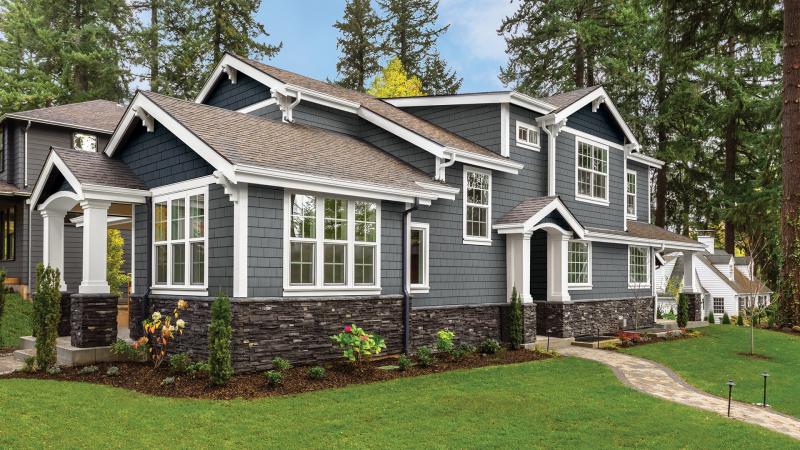
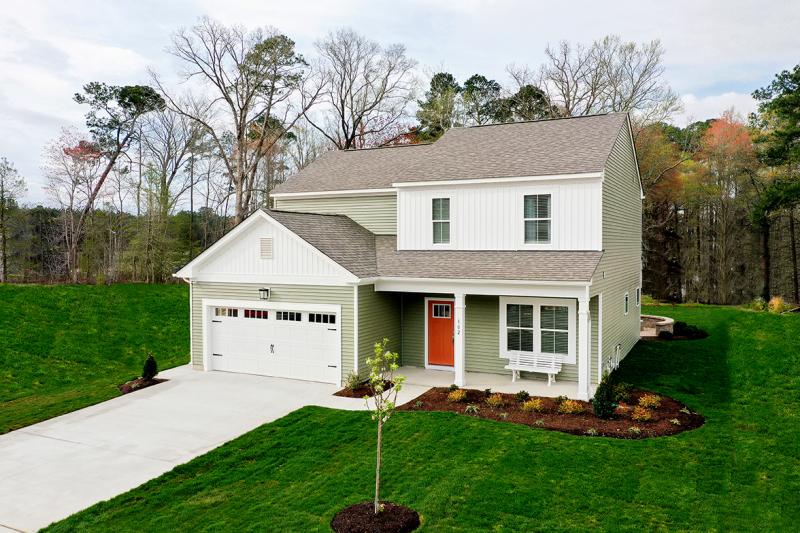
Westlake’s Royal Vinyl and Exterior Portfolio Vinyl siding options are lightweight and customizable for easy installation, and they also come in a range of color and texture options, so homeowners don’t have to sacrifice style for sustainability. In fact, vinyl siding is becoming the exterior product of choice for its flexibility and design versatility, according to Forbes’ most popular custom home siding trends of 2022.
Vinyl siding’s slick surface also makes it a low-maintenance exterior product resistant to water and debris, and products like Westlake’s Royal and Exterior Portfolio sidings are also durable enough to withstand the elements for nearly half a century depending on local weather and frequency of care.
From its design-forward installation capabilities and durability to its low-impact manufacturing, vinyl siding is an eco-friendly and cost-efficient alternative to harmful building materials as well as a precursor of industry progress in a time of necessary adaptation. The race to combat climate change begins at home, and with less waste and a smaller carbon footprint than traditional products, vinyl siding makes sustainability an achievable possibility from the ground up.

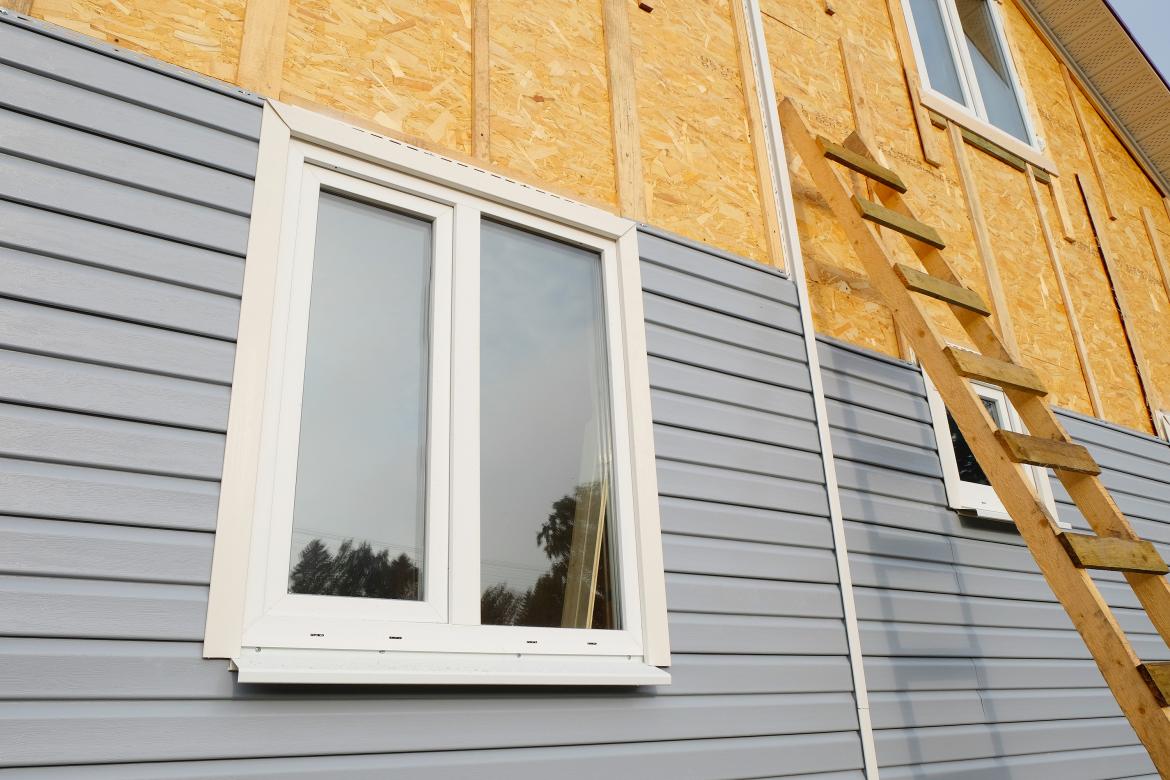
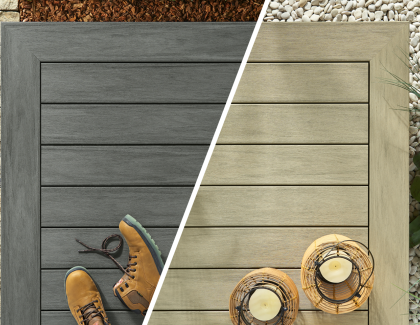

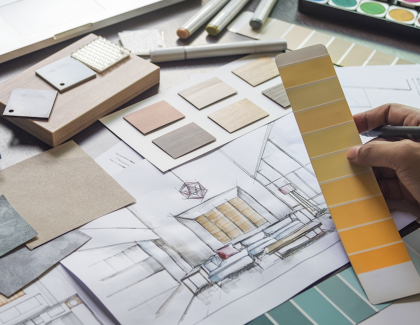
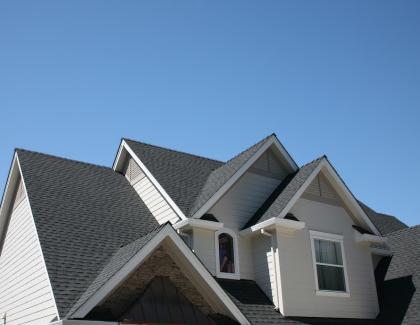


Add new comment